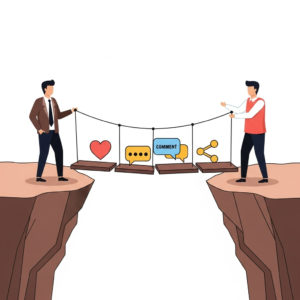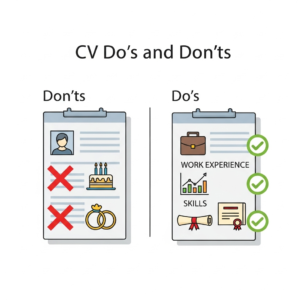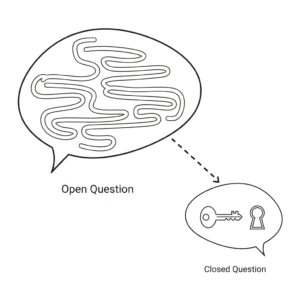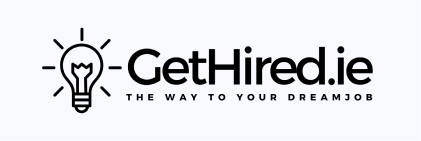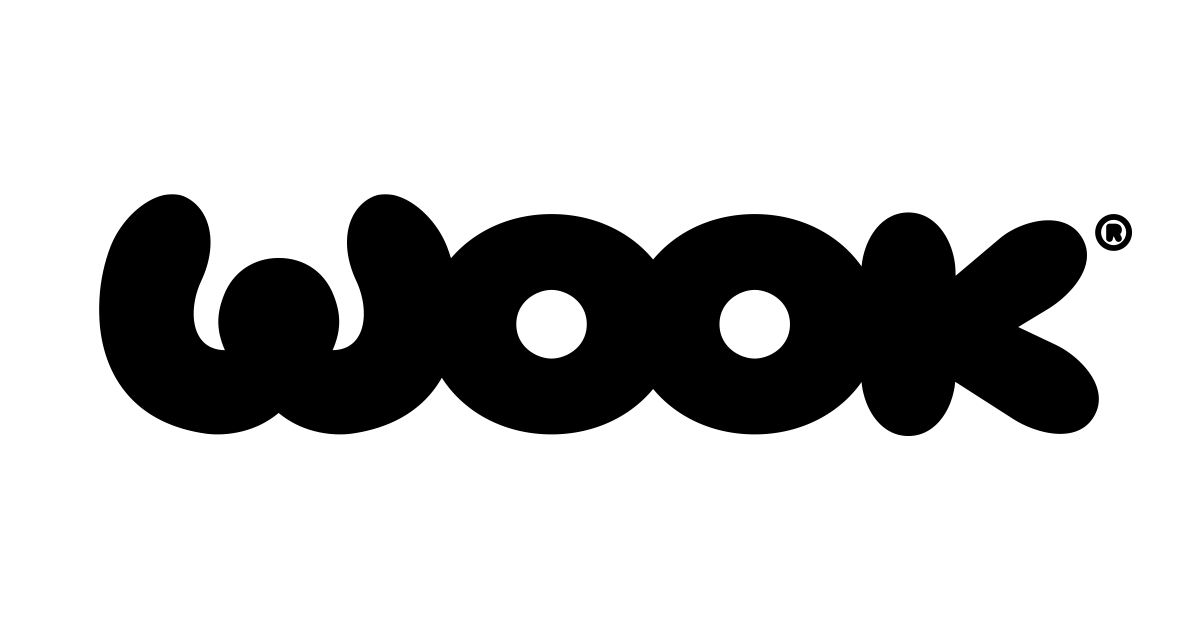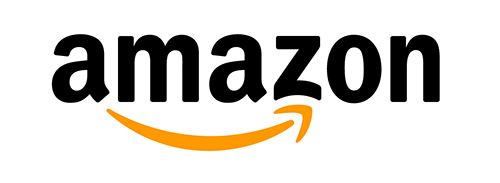In an era of automation, AI, and ever-changing markets, one skill continues to rise above the rest: creativity.
Once seen as exclusive to artists or designers, creativity is now recognized as a core competency in nearly every profession—from HR and marketing to IT and finance. Thinking outside the box isn’t just a bonus anymore—it’s a business imperative.
📊 The Data is Clear
According to LinkedIn’s 2024 Future of Work Report, creativity ranks among the Top 5 most in-demand soft skills globally—alongside adaptability, emotional intelligence, and communication.
🔹 The World Economic Forum (WEF) echoes this trend. In its 2025 Future of Jobs Report, creativity, originality, and initiative are listed as essential skills across industries, expected to grow in importance by over 73%.
🔹 A McKinsey study found that companies encouraging creative thinking outperform peers in revenue growth by 1.5 times.
Why? Because creativity drives innovation, helps navigate uncertainty, and builds resilience—all traits necessary in today’s fast-paced work environments.
🎓 What the Experts Say
Harvard Business Review defines creativity as the “ability to produce work that is both novel and appropriate.” It’s not just about wild ideas, but useful ones that solve problems in new ways.
Educational psychologist E. Paul Torrance famously said:
“Creativity is a process of becoming sensitive to problems, deficiencies, gaps in knowledge… identifying the difficulty, searching for solutions, and testing hypotheses.”
This definition aligns directly with workplace problem-solving and continuous improvement—making creativity not only desirable but measurable.
💼 In the Workplace: More Than Just Brainstorms
Creative thinking shows up in ways we often overlook:
- HR redesigning a talent acquisition strategy for global diversity
- A finance analyst rethinking reporting dashboards for better clarity
- A customer service agent developing a script that humanizes support
In a 2023 Adobe global survey, 78% of professionals said that “creativity is critical to career growth,” but only 31% believe they’re living up to their creative potential at work. This gap presents an opportunity—for both employees and leaders.
🧠 How HR and Leaders Can Encourage Creative Thinking
- Create psychological safety – Let people share without fear of failure.
- Diverse teams = diverse ideas – Prioritize diversity of background and thought.
- Reward ideas, not just results – Recognize and celebrate creative contributions.
- Offer time for exploration – Google’s “20% time” led to Gmail and AdSense.
Creativity isn’t spontaneous magic—it’s nurtured, supported, and cultivated by company culture and leadership.
🛠️ Practical Tips to Boost Creativity at Work
- Use frameworks like SCAMPER (Substitute, Combine, Adapt…) for ideation
- Build in “white space” time between meetings
- Host monthly idea-sharing sessions—even cross-team
- Ask more open-ended questions in interviews and meetings
And as HR professionals, we can embed creativity into job descriptions, performance reviews, and learning & development programs—not as a “nice to have,” but as a measurable goal.
🌍 The Global Talent Outlook
In a world where AI will replace up to 85 million jobs by 2025 (WEF), the uniquely human skills like creative problem-solving will become our most valuable assets.
The future belongs to those who can think differently.
📣 Let’s Discuss: How does your organization encourage creative thinking? Have you seen a time where creativity led to a breakthrough at work?
🔔 Follow @GetHired.ie for more articles on future skills, public sector hiring, and career strategies.


